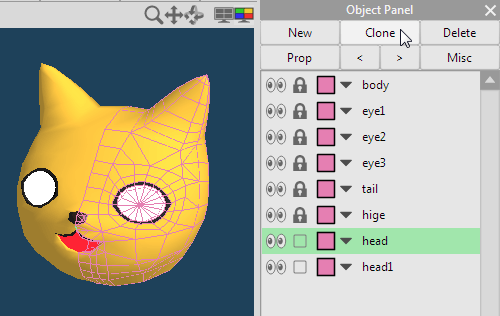

The trees are well known from late Cretaceous to Miocene strata, but no fossils are known after that. Large petrified trunks and stumps of the extinct Metasequoia occidentalis (sometimes identified as Sequoia occidentalis) also make up the major portion of Tertiary fossil plant material in the badlands of western North Dakota. It is also hypothesized that the change from evergreen to deciduous trait occurred before colonizing the high latitudes and was the reason Metasequoia was dominant in the north. During three months in the summer, the sun would shine continuously, while three months of the winter would be complete darkness. Given that the high latitudes in this period were warm and tropical, it is hypothesized that the deciduous trait evolved in response to the unusual light availability patterns, not to major seasonal variations in temperature. Metasequoia was likely deciduous by this time. During the Paleocene and Eocene, extensive forests of Metasequoia occurred as far north as Strathcona Fiord on Ellesmere Island and sites on Axel Heiberg Island (northern Canada) at around 80° N latitude. Fossils are known from the Cenomanian onwards. Metasequoia redwood fossils are known from many areas in the Northern Hemisphere more than 20 fossil species have been named (some were even identified as the genus Sequoia), but are considered as just three species, M. foxii, M. milleri, and M. occidentalis. 4 Metasequoia in gardens, parks and streets.

Sequoioideae and several other genera have been transferred from the former family Taxodiaceae to Cupressaceae based on DNA analysis. M. glyptostroboides is the only living species in its genus, but three fossil species are known. Together with Sequoia sempervirens (coast redwood) and Sequoiadendron giganteum (giant sequoia) of California, Metasequoia is classified in the Cupressaceae subfamily Sequoioideae. Since its rediscovery in 1944, the dawn redwood has become a popular ornamental, with examples found in various parks in a variety of countries. Local villagers refer to the original tree from which most others derive as Shuǐshān (水杉), or "water fir", which is part of a local shrine. Although the shortest of the redwoods, it grows to at least 165 feet (50 meters) in height. The living species Metasequoia glyptostroboides is native to Lichuan county in Hubei province, China. Metasequoia, or dawn redwoods, is a genus of fast-growing deciduous trees, one of three species of conifers known as redwoods.


 0 kommentar(er)
0 kommentar(er)
